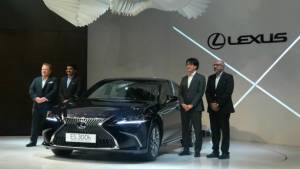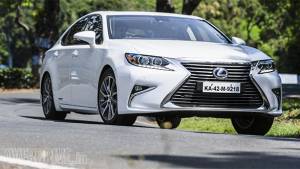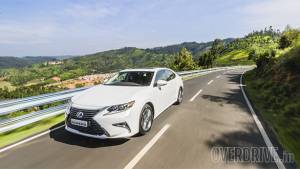2021 Lexus ES300h road test review
22.37kmpl. That's not the ARAI-certified fuel efficiency of a hatchback, or a micro-SUV, or even a compact â" it's this car's. A 1.7 tonne executive luxury sedan! One that competes with the likes of the Mercedes-Benz E-Class, BMW 5 Series, Audi A6, Jaguar XF and Volvo S90. This 7th generation of the Lexus ES has been around in India since 2018 as an import, further moving to local assembly in 2020, and from a single variant to two, which saw the price of entry drop. Though it's worth pointing out that sticker prices have since risen to match, and exceed, what they were on the import two years ago. Somewhat justifying the inflation, the Lexus ES300h we have now is the mid-life facelift of that model, with changes minor enough to miss even after a good long stare. But the formula remains the same â" here's a large luxury sedan that promises Japanese reliability, luxury on par with the Germans, out-of-this-world looks and an unmistakable to appeal to Indian sensibilities, which of course centres around fuel efficiency. Does it live up?
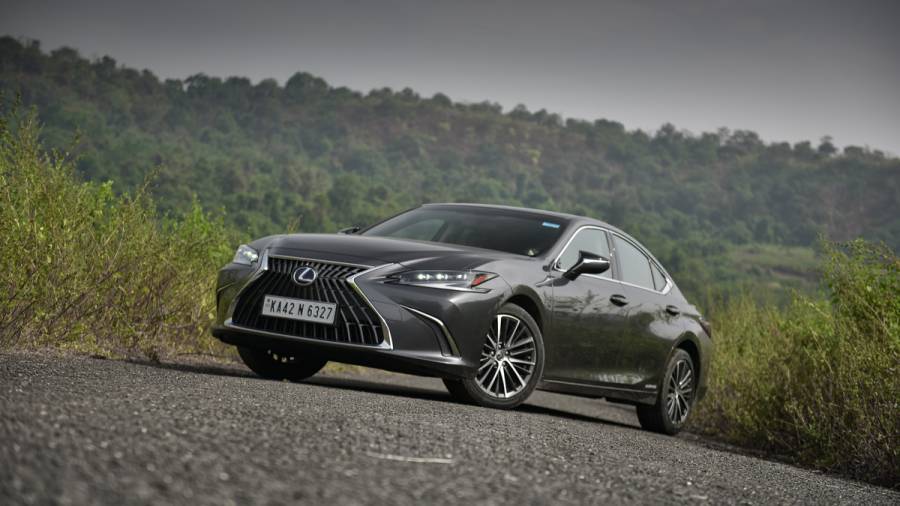
2021 Lexus ES300h - What's new?
The ES 'executive sedan' looks a tiny bit more sophisticated now, and you struggle to pin why down till you realise that the vertical bars in the grille are now bevelled instead of flat as on the pre-facelift car, giving the grille a more three-dimensional structure, that also reflects light in marginally more interesting ways. Next, the headlights, while retaining their tri-LED beams, turn up ever so slightly at the edges, again making them look less flat and stuck on, merging into the bodywork more organically â" this also means the bumpers and fenders (perhaps the hood, too) are new but don't stray from the formula.
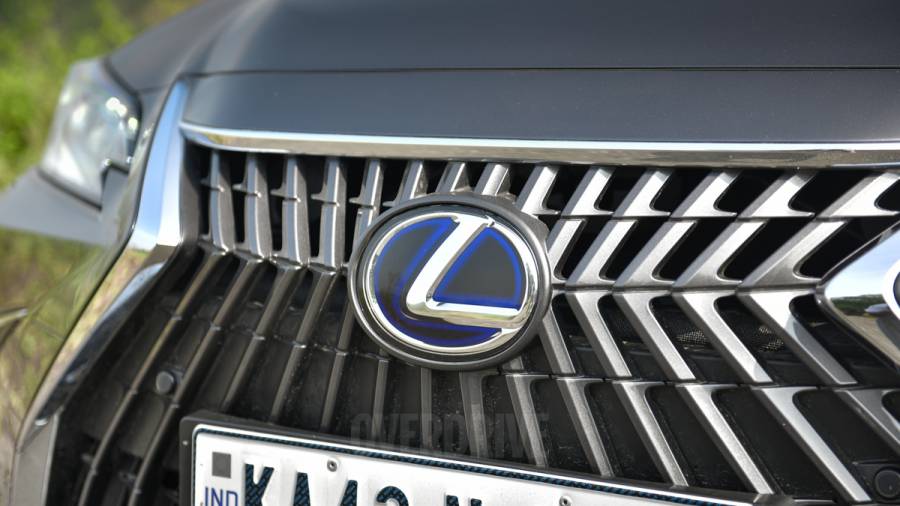
There's a new 18-inch wheel design now, with alternate machined spokes, which look a little more flash, though the earlier wheels in their hyper river finish were easily one of the best stock wheel choices for a car of this class. Two new colours are available, including this Sonic Chrome silver-grey. That rounds up the exterior changes.
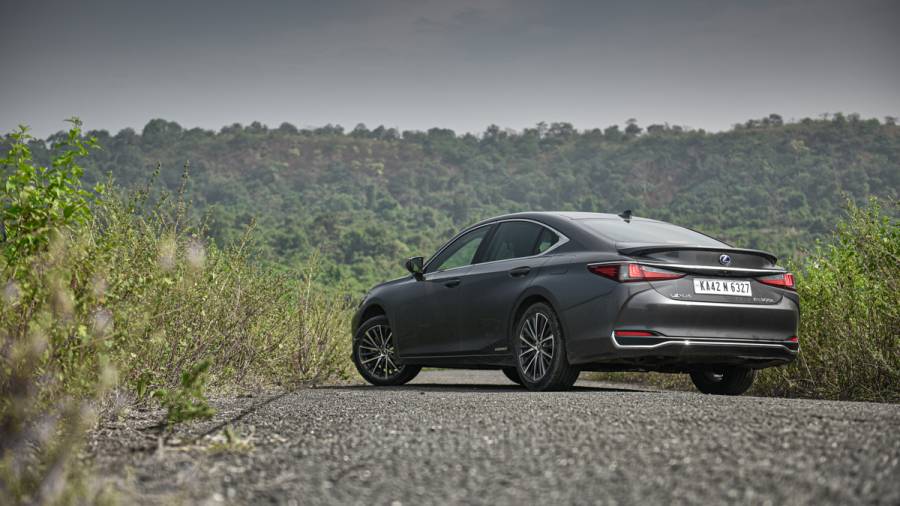
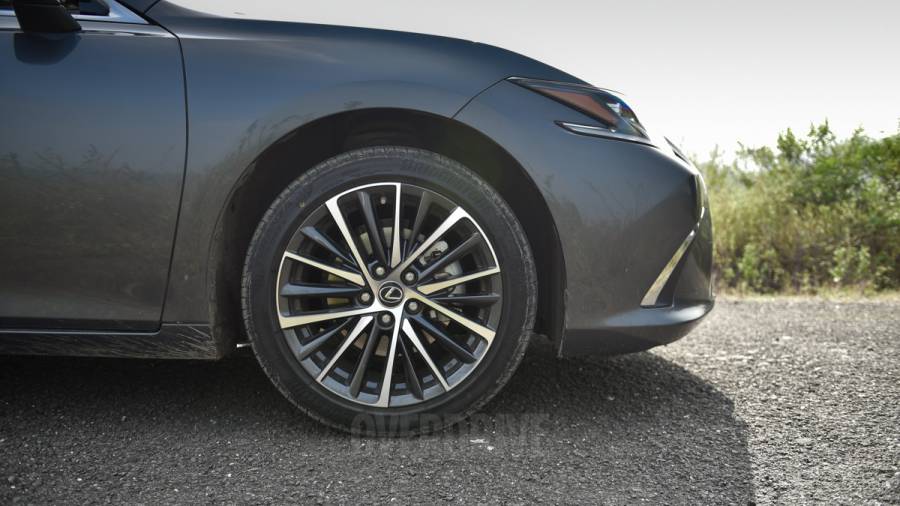
Inside, it's an even shorter list. The 12.3-inch infotainment screen has been brought closer to the edge of the dashboard instead of being recessed, has a glass screen now, is angled ever so slightly, and of course is now a touchscreen. Which means you don't have to rely on the old school Lexus Enform UI, which has thankfully finally seen an overhaul to the mysteriously named Lexus Interface in the 2022 Lexus NX.
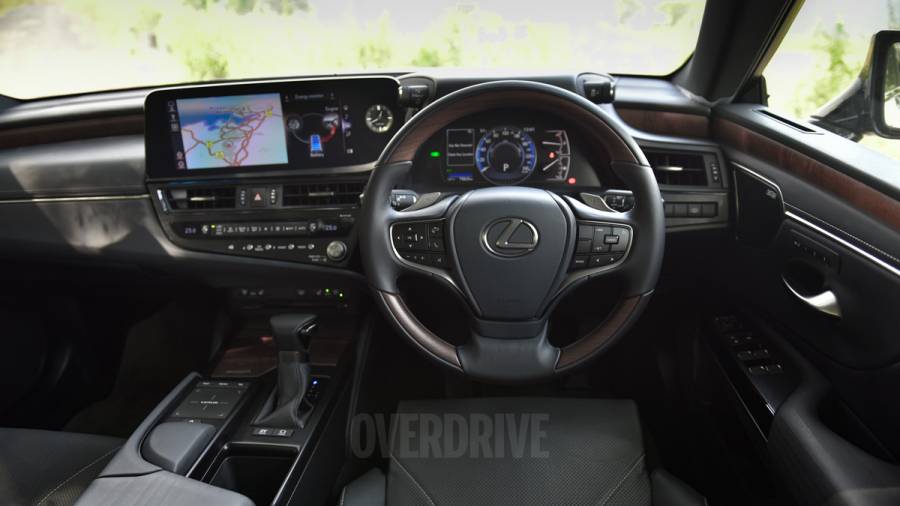
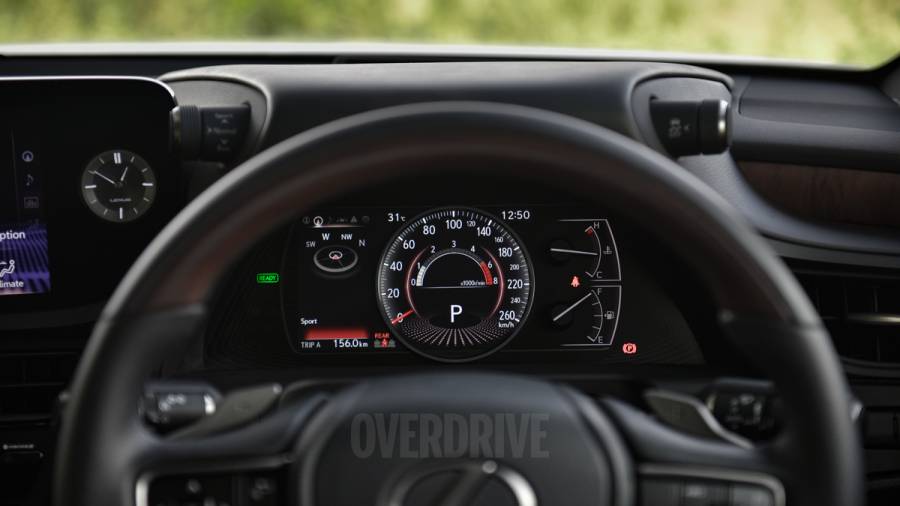
Unfortunately, we still have to make do with the outdated colours and fiddly menus. The 7-inch digital driver's instrumentation has been reskinned with a new look to the dials, and the trick bi-directional opening central storage also houses a wireless charging pad for your smartphone, with wired Apple CarPlay/Android Auto now on offer. Interior colour options are hazel or black, with a new walnut open pore wood finish. Japan-spec ES300h's also offer a digital outer rear view camera with blind spot assist but that understandably doesn't make it to India.
2021 Lexus ES300h hybrid powertrain
We'll jump right into the heart of it. There have been no changes to the mechanicals of the ES, it's still powered by a 2.5-litre four cylinder naturally aspirated petrol engine on the Atkinson cycle, producing 178PS and 221Nm torque, working in combination with a permanent magnet electric motor on the front axle which produces peak outputs of 120PS and 202Nm. However, the powertrain doesn't operate at its peak figures combined, so you're left with a combined 218PS instead of a theoretical 298PS and 423Nm. These figures might seem mid-range on this class of car, especially considering it's packaged with an electronic continuously variable transmission, but real-world performance doesn't exactly seem lacking but more on that in a bit.
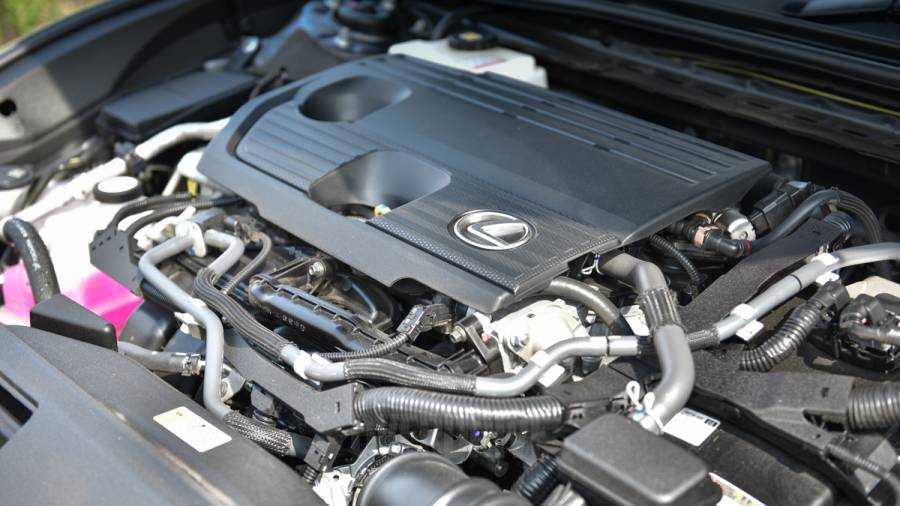
The motor gets its power from a 1.6kWh nickel-metal hydride (NiMH) battery in the boot, though again the JDM/US 2022 models have the added advantage of having moved to a more compact lithium-ion battery, which allows the battery to be positioned under the rear seats instead of the trunk, which is said to have improved weight distribution and boot space.
As ever, the ES300h starts up in complete silence as a pure electric vehicle would, and does offer an electric-only mode but has no EV range listed as it is said to operate only up to speeds of 50kmph, and at part throttle openings. While we found the powertrain to switch to the IC-engine at anything over a dab on the throttle, we did also see the motor provide assistance at up to highway speeds, but only with a very light touch on the throttle.
2021 Lexus ES300h driving impressions
That's as good a place as any to start with the ES, because it characterises the driving experience. This big Lexus is SMOOTH. You set off rolling on electric power only, and if you're at the pace of light traffic, will continue to do so till you hit 50kmph. But even when the petrol engine kicks in, it does so seamlessly and you'd only know if you were staring at the display screen showing you the flow of energy, or if you were paying particularly close attention â" there's the slightest shift in feel from the car when the IC-engine kicks in, going from the sensation of gliding under electric power, to a more granular feel from the throttle as there's also mechanical engine braking at play.
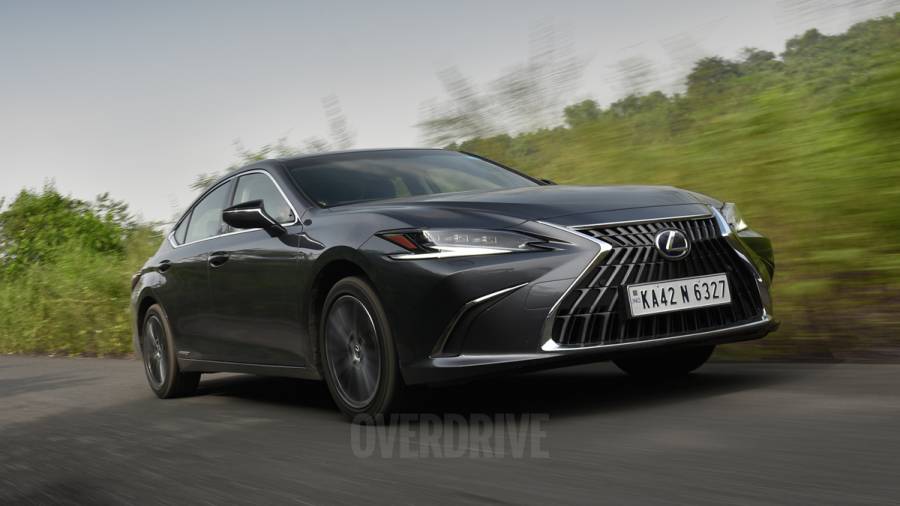
Stepping on the throttle sees revs shoot up to around the 4,000rpm mark or greater with the CVT playing catch up, but just a little, while the build up of pace feels greater than its combined power figures on paper. Most times and at reasonable throttle openings, there's barely any of the dreaded rubberband effect at play making for the most refined driving experience in the segment. Period. Except maybe for when you're being heavy-footed and the traction control cuts in, because it does so in a way that results in the front wheels "hopping" under full acceleration and on loose surfaces. Now there are paddle shifters to play with, but they work solely on downshifts for greater engine braking when the gearbox is in the regular drive mode, also offering vaguely step-like shifts when the lever is shifted into S.
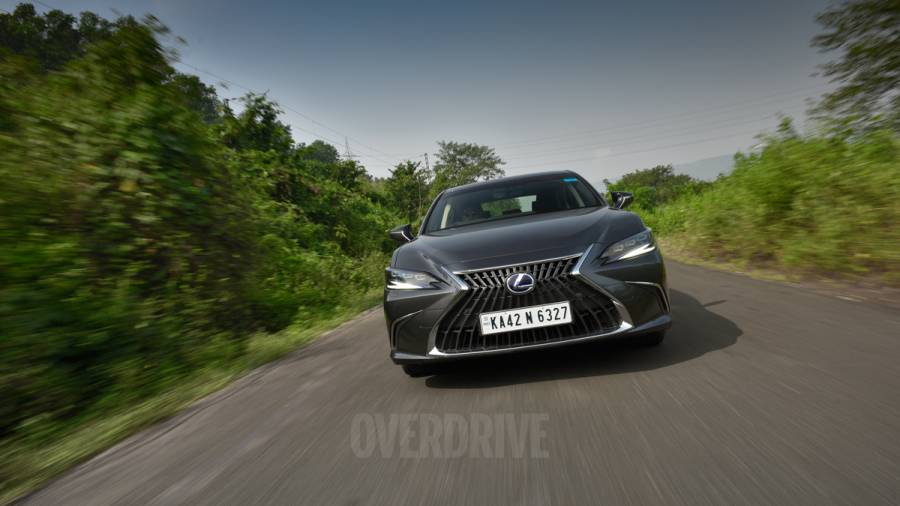
In our performance testing, the ES matched its claimed 0-100kmph timing of 8.9s, putting it at the slower end of the segment, while roll-on acceleration from 30-50kmph matches the segment at about 2.0s. It's at the higher reaches, between the 50-70, 60-80kmph marks that the CVT shows its inherent weakness, taking up to 2.6s for the latter, making it close to a second slower over something like a BMW 520d, or about half a second slower than the updated Volvo S90 B5.
However, all that electric assistance does indeed pay off. We managed a very surprising 19kmpl in our city testing, considering we're told most Lexus dealerships tell customers to expect around 16kmpl. We were so surprised we redid the test over a longer route, with heavier traffic, with the same results. Perhaps even more surprisingly we managed 20kmpl on the highway at speeds ranging from 80-110kmph. Both tests were performed in the regular Comfort mode, with Eco dulling throttle response and defaulting to EV mode more often, and the Sport mode doing the opposite. Personally, my favourite drive mode in the city was Eco as the laid-back character suits the ES very well, and should be the mode of choice if you're handing the car over to a chauffeur â" it makes driving the ES smoothly very, very easy.
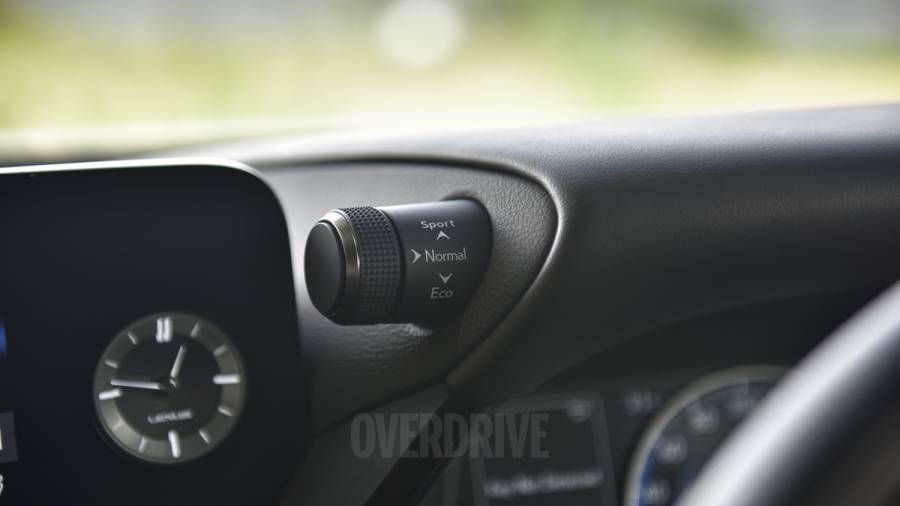
Note, we have heard from owners of the pre-facelift ES that efficiency does drop off as the battery ages, with most still managing close to what the dealership claims on their daily runs. As always, driving style, and state of charge of the hybrid battery does matter. In our time with the car, we never saw the hybrid battery drop below three bars of charge with the system using regen braking and the engine itself to keep the battery topped up around the halfway mark.
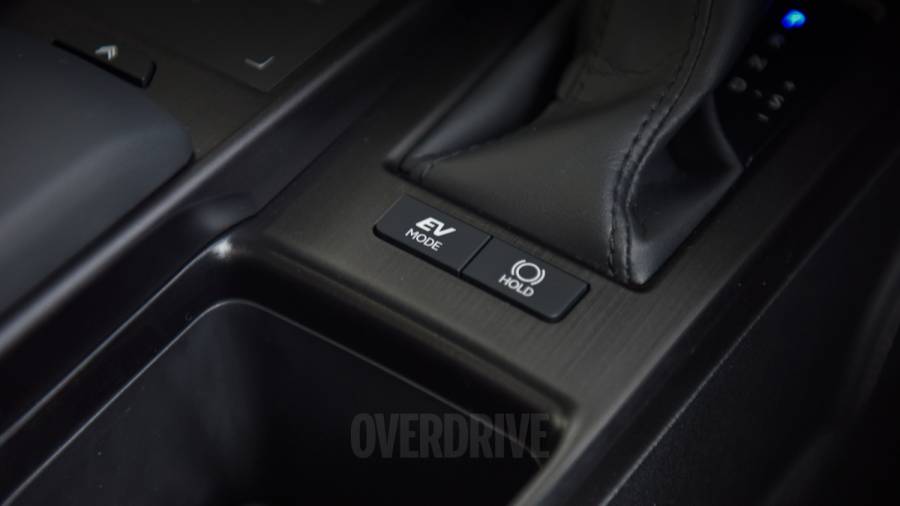
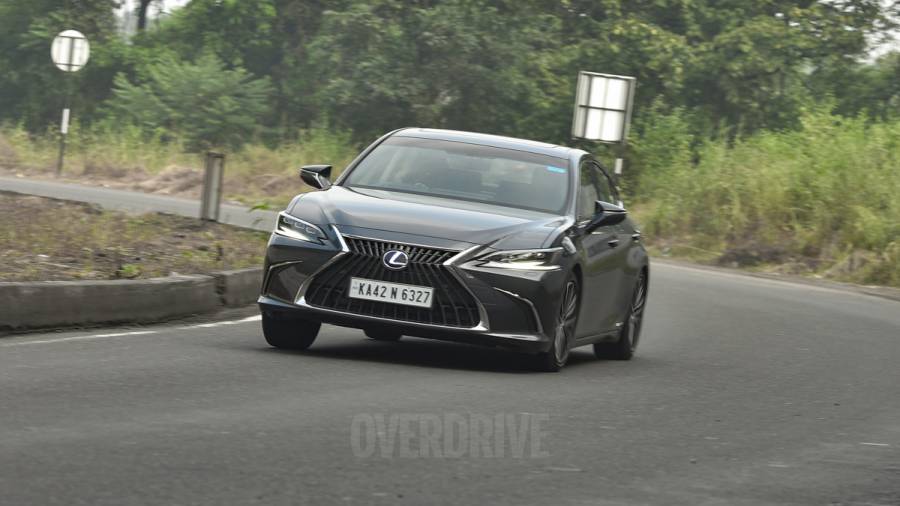
Moving on, the steering feels perfectly weighted in any of the drive modes, with the surprise being the tight 5.9m turning radius which is far shorter than anything else in the segment. Driving the big ES around is a breeze with great visibility despite its length, and everything from lane changes to hitting apexes is handled with great confidence and predictability. Though, there is a fair amount of lean when you're hustling the ES to keep you from pushing too hard. It does mean it rides sublimely, though like any luxury sedan on 18-inch wheels, there is a firmness to the ride over sharper bumps that translates to a 'thump' in the cabin. That said, the ES only bottomed out over excessively large speed breakers, and with a cabin full of passengers, when taken at an above ideal speed.
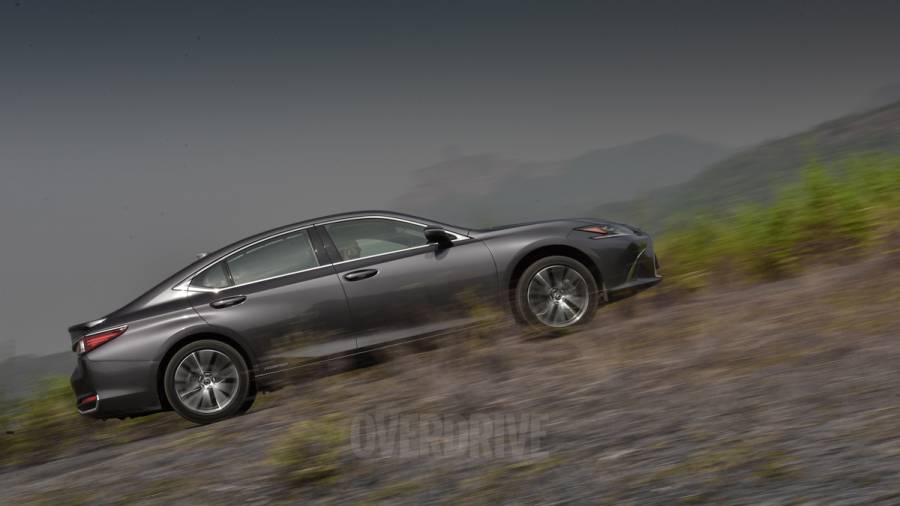
2021 Lexus ES300h styling and interiors
Like we said, the ES300h facelift looks just a little more sophisticated than before but it's easy enough to miss telling one apart from the pre-facelift car. It's still a very elegant looking sedan though, and it definitely stands out in a parking lot, if nothing else just by virtue of the fact that it's a relatively rare sight. The cabin feels very well made, with the new open-pore wood being a highlight â" it feels great on the thin-rimmed steering wheel.
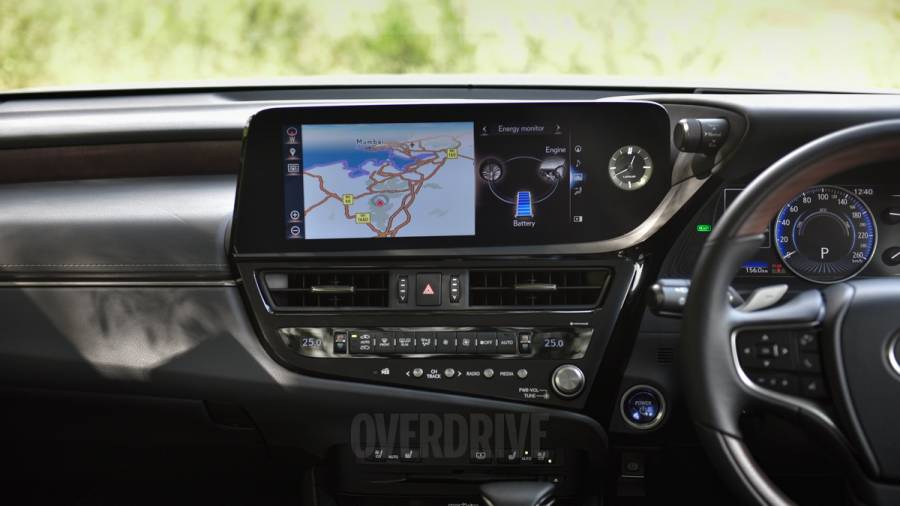
And while the storage spaces are plenty functional, the door pockets are too slim to hold a regular litre bottle, and some of the controls can get confusing, especially if you wanted to select Lexus' excellent concierge mode for the climate control that can switch from a three zone setup to a single zone (including control over the ventilated seats) depending on how many occupants are in the car.
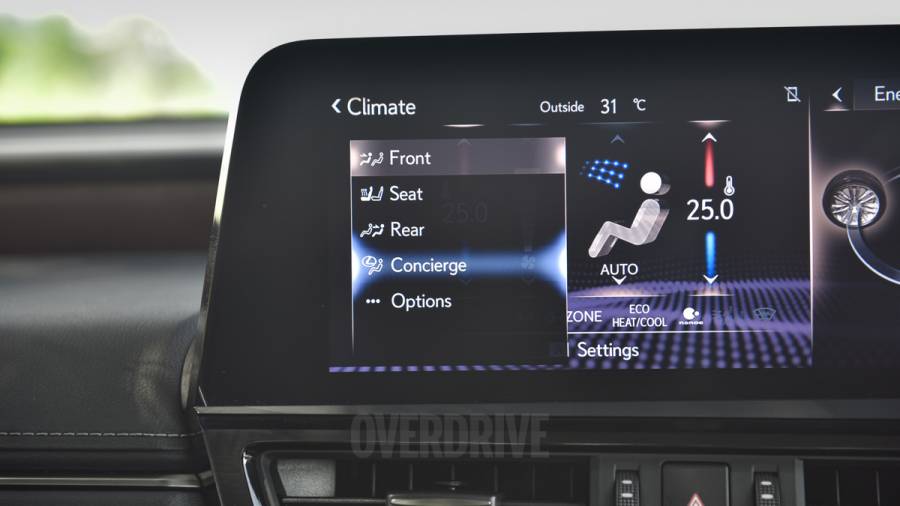
The seats, front and rear, are amongst the best we've experienced, with just the right amount of plushness and support, while room at the rear is near class-leading, with only something like the long wheelbase Mercedes-Benz E-Class besting it. But, if you're not a fan of the old-school feel the ES does so well (it barely has ambient lighting, hooray!), you'll probably find it hard to reconcile spending the money on it in 2021.
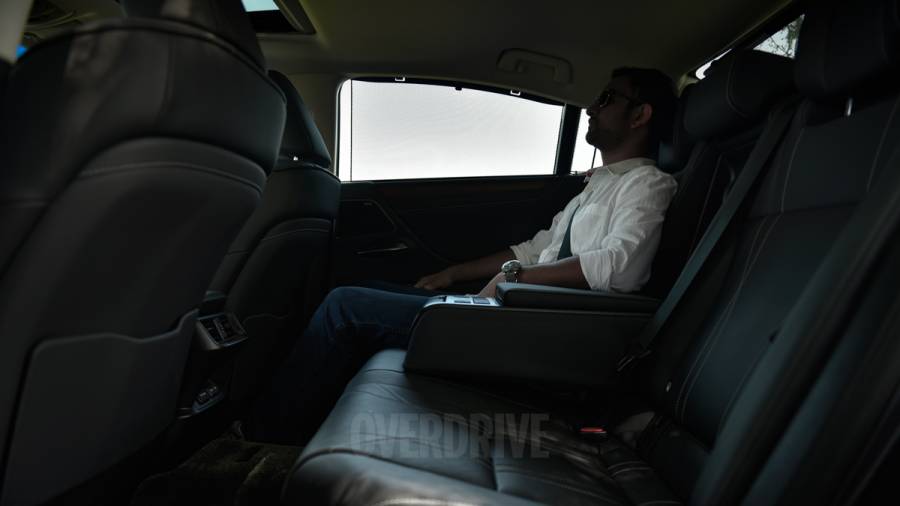
2021 Lexus ES300h verdict
Summing up the Lexus ES300h is a bit of a difficult task. It's easy to pass it off as outdated, but then it's also got very effective and modern tech, arguably where it matters most â" under the hood. The driving experience is serene as a result, and it's the most refined package for the price. It is, however, not the best to drive enthusiastically. And that's expected. But if you're looking for a car that pampers you without shouting about it, the ES is it, and will also be the one whispering in your ear about its ridiculously low on-road running costs. And that's its biggest forte.
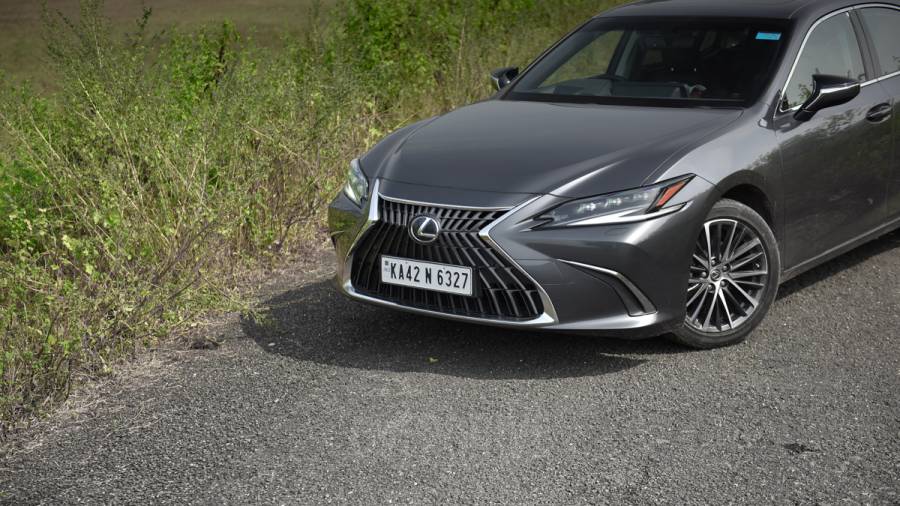
Starts Rs 54.42 Lakhs
1984cc
Automatic
245
370
14.11 Kmpl
Starts Rs 62.9 Lakhs
2993cc
Automatic
255
620
14.6 Kmpl
Starts Rs 71.6 Lakhs
1999cc
Automatic
204
430
-NA-
Starts Rs 56.65 Lakhs
2487cc
Automatic
218
221
22.37 Kmpl
Starts Rs 63.6 Lakhs
2925cc
Automatic
197
600
-NA-
Starts Rs 61.9 Lakhs
1969cc
Automatic
-NA-
350
-NA-
